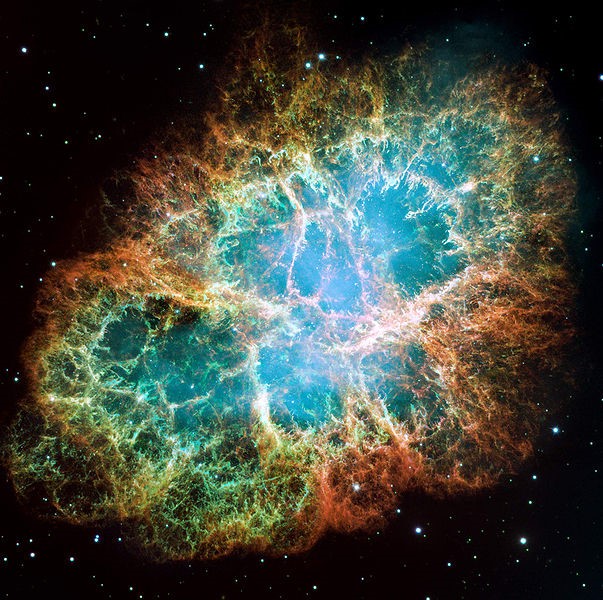Studenterkollokvium - Luisa Fernanda Rodríguez Díaz: Nucleosynthesis in stars and the chemical enrichment of galaxies
Oplysninger om arrangementet
Tidspunkt
Sted
Fys. Aud.

Supervisor: Víctor Silva Aguirre
After the Big Bang, the first chemical elements were created, which were mainly Hydrogen and Helium. After some time, the first stars appeared and were characterized for being metal-free stars or, in other words, stars with a small amount of heavier elements than Helium. As these stars evolved, heavier elements began to be produced and were ejected into the interstellar medium, when they exploded as supernovae. The zoo of chemical elements was very diverse, since different elements were created in these energetic explosions. With time, this zoo also expanded with more and new elements, as new stars were born from the enriched gas.
In this colloquium I will explain how these elements were produced in these first stars and supernovae, which elements were generated and how that affected the formation of the galaxies, focusing only on the Solar Neighbourhood.
